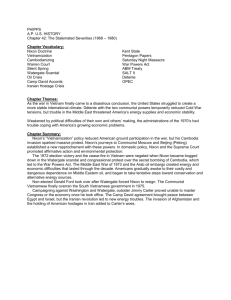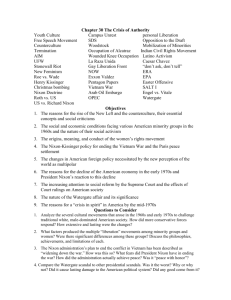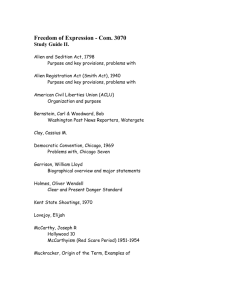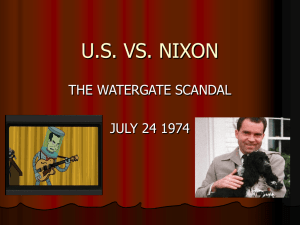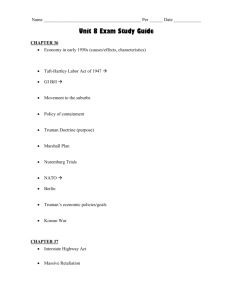Watergate Scandal Summary On June 16, 1972, a security guard at
advertisement
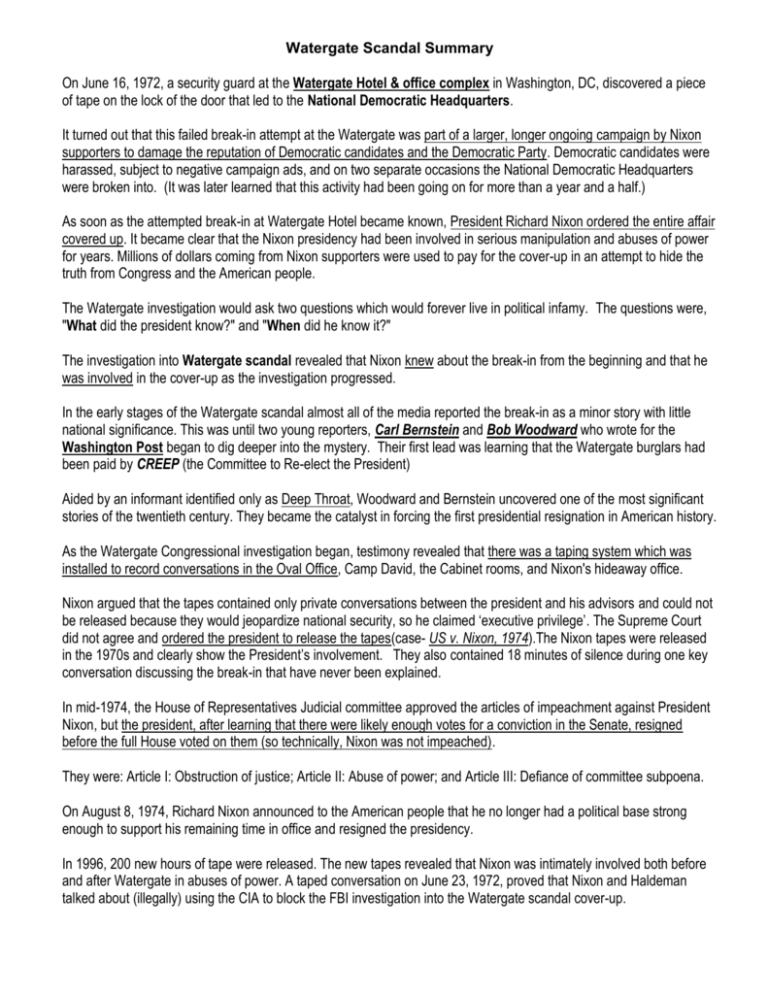
Watergate Scandal Summary On June 16, 1972, a security guard at the Watergate Hotel & office complex in Washington, DC, discovered a piece of tape on the lock of the door that led to the National Democratic Headquarters. It turned out that this failed break-in attempt at the Watergate was part of a larger, longer ongoing campaign by Nixon supporters to damage the reputation of Democratic candidates and the Democratic Party. Democratic candidates were harassed, subject to negative campaign ads, and on two separate occasions the National Democratic Headquarters were broken into. (It was later learned that this activity had been going on for more than a year and a half.) As soon as the attempted break-in at Watergate Hotel became known, President Richard Nixon ordered the entire affair covered up. It became clear that the Nixon presidency had been involved in serious manipulation and abuses of power for years. Millions of dollars coming from Nixon supporters were used to pay for the cover-up in an attempt to hide the truth from Congress and the American people. The Watergate investigation would ask two questions which would forever live in political infamy. The questions were, "What did the president know?" and "When did he know it?" The investigation into Watergate scandal revealed that Nixon knew about the break-in from the beginning and that he was involved in the cover-up as the investigation progressed. In the early stages of the Watergate scandal almost all of the media reported the break-in as a minor story with little national significance. This was until two young reporters, Carl Bernstein and Bob Woodward who wrote for the Washington Post began to dig deeper into the mystery. Their first lead was learning that the Watergate burglars had been paid by CREEP (the Committee to Re-elect the President) Aided by an informant identified only as Deep Throat, Woodward and Bernstein uncovered one of the most significant stories of the twentieth century. They became the catalyst in forcing the first presidential resignation in American history. As the Watergate Congressional investigation began, testimony revealed that there was a taping system which was installed to record conversations in the Oval Office, Camp David, the Cabinet rooms, and Nixon's hideaway office. Nixon argued that the tapes contained only private conversations between the president and his advisors and could not be released because they would jeopardize national security, so he claimed ‘executive privilege’. The Supreme Court did not agree and ordered the president to release the tapes(case- US v. Nixon, 1974).The Nixon tapes were released in the 1970s and clearly show the President’s involvement. They also contained 18 minutes of silence during one key conversation discussing the break-in that have never been explained. In mid-1974, the House of Representatives Judicial committee approved the articles of impeachment against President Nixon, but the president, after learning that there were likely enough votes for a conviction in the Senate, resigned before the full House voted on them (so technically, Nixon was not impeached). They were: Article I: Obstruction of justice; Article II: Abuse of power; and Article III: Defiance of committee subpoena. On August 8, 1974, Richard Nixon announced to the American people that he no longer had a political base strong enough to support his remaining time in office and resigned the presidency. In 1996, 200 new hours of tape were released. The new tapes revealed that Nixon was intimately involved both before and after Watergate in abuses of power. A taped conversation on June 23, 1972, proved that Nixon and Haldeman talked about (illegally) using the CIA to block the FBI investigation into the Watergate scandal cover-up.
